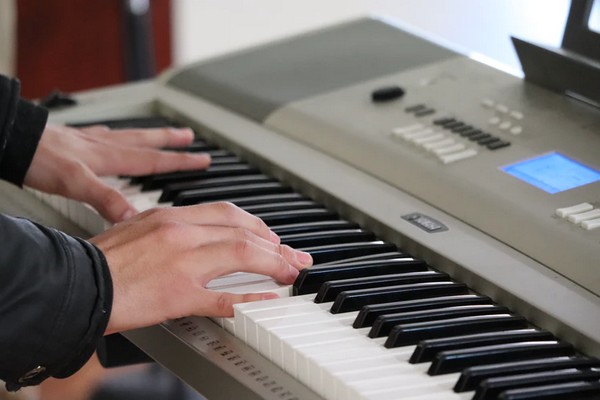Musical instrument to learn for your child
Around nine in 10 children wish to learn a new instrument in the UK and the US isn’t far behind, with a bevy of children signed up to piano, guitar and percussion classes – to name just a few instruments. Music is fun, but it is also highly beneficial. Research undertaken at McMasters University shows that very early musical training benefits children even before they can walk or talk (musical babies smile more, communicate better, and have more sophisticated brain responses to music). If you have a child who is ready to start creating beautiful tunes, the ‘perfect instrument’ for them depends on many factors – including hand size, weight of the instrument, and of course, your child’s own interests.

Which Instruments Are The Most Popular?
Creative Soul Music reports that in the U.S., the most popular musical instruments to learn include the piano, guitar, violin, drums and saxophone (followed by the flute, cello and clarinet). In the UK, the list is similar, except that drums take the third spot, ousting out the delicate violin. One good way of piquing your child’s interest is to provide various ‘toy’ versions of instruments. See which they tend to pick up the most. Play a simple children’s song and accompany it with an instrument if you play one. See which your child uses to join in. When it comes to children who are already speaking and mature enough to express a preference, it probably won’t take much prodding at all before you discover their preferred instrument.
Hand Size
Children with longer-than-average fingers will probably take to the piano and guitar with greater ease than those with smaller hands. Nevertheless, if a small child or one with smaller hands wants nothing more than to learn these instruments, the solution is easy. A smaller electric keyboard will work well for children to learn notes and simple songs. As time goes on, song complexity will increase, and so will their ability to ‘stretch’ their fingers out to different keys. There are also guitars in smaller sizes for kids; these are lighter, lower in cost, and easy to handle. As is the case with the piano, the main aim is for children to learn the different chords and to play guitar songs. As their hands grow, they can move on to bigger, weightier guitars.
Physical Characteristics
Some instruments are heavier to carry around, and this is an important thought to keep in mind, especially if your child will be taking the instrument to school or to and from music lessons. Thus, even if a small child admires an older sibling or parent’s cello, they should ideally start with a violin first in order to hone their finger strength and prepare for the day when they can safely negotiate larger instruments. Issues such as oral health are also pertinent; children who are wearing braces, for instance, may find it difficult to play some wind instruments and might opt for string or percussion instruments instead.
Choosing Unique Instruments
You don’t have to choose just one instrument, and indeed, if you have more than one child, having a few on hand is a great way to ensure that nobody is competing over the piano or guitar when school is out. In addition to popular, affordable instruments like the flute, why not bring in a few lesser known instruments like bongo drums, the bandurria (a stringed instrument that is small, pear-shaped and easy to play), or a glockenspiel? You can also do a little research into these instruments and share fascinating information and anecdotes about them with kids.
Choosing the right instrument for your child depends on various considerations – including price, physical characteristics, and your child’s interests. For babies, having lots of musical toys on hand will enable them to understand that they, too, can contribute to their favorite songs by creating beats and sounds. Older children, meanwhile, can try out smaller versions of pianos and guitars, or opt for instruments that are naturally smaller – such as the ukulele. When it comes to learning, fun with a capital ‘F’ should be the main consideration, so be creative, and bring a few instruments into your home that your child may never have heard of before.
